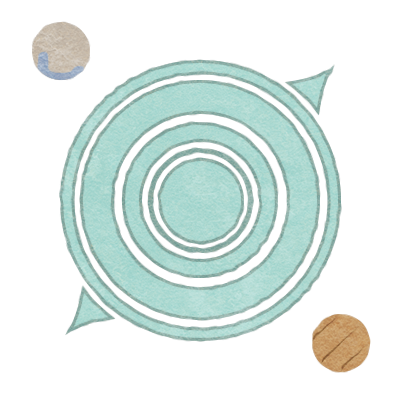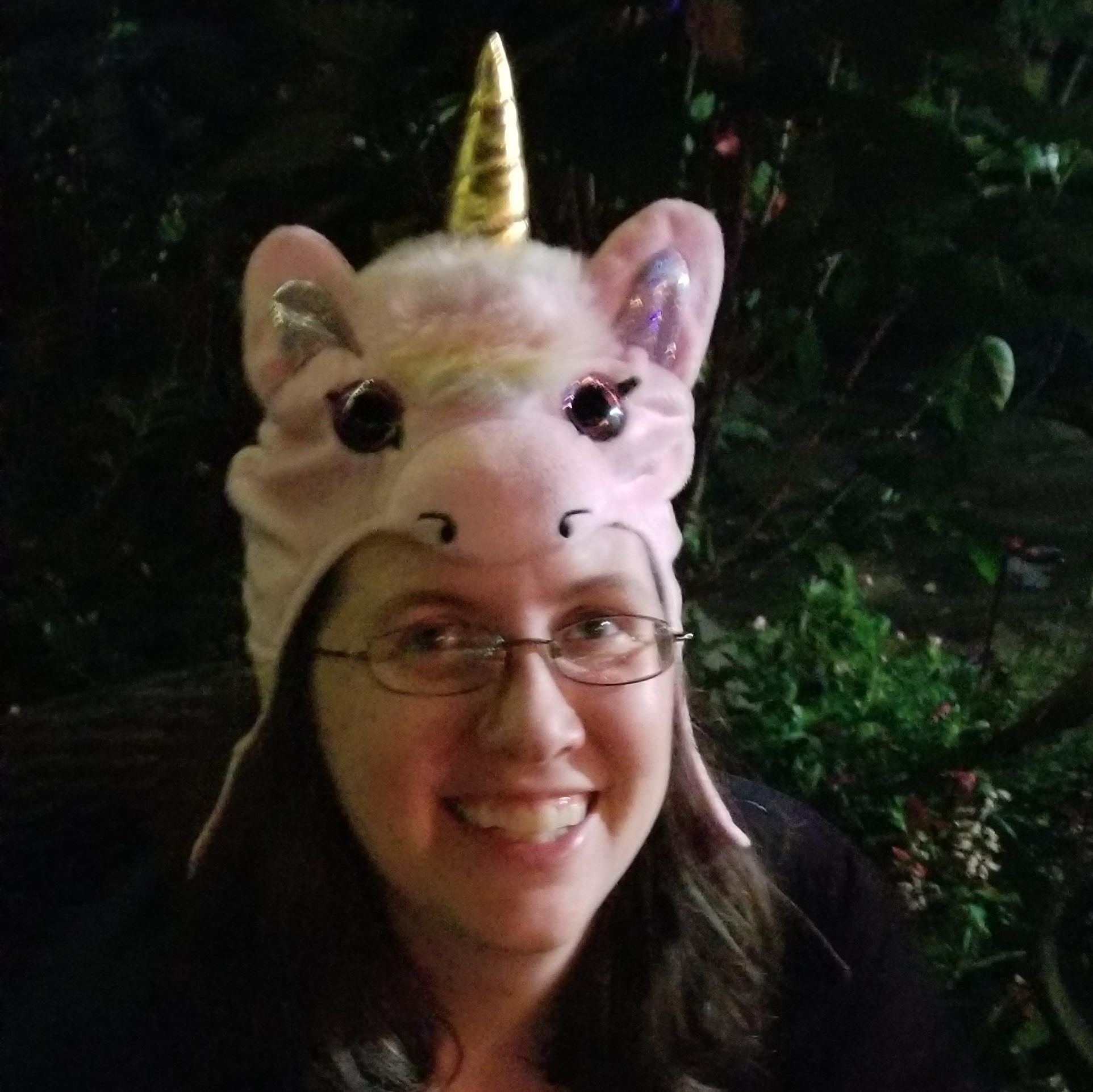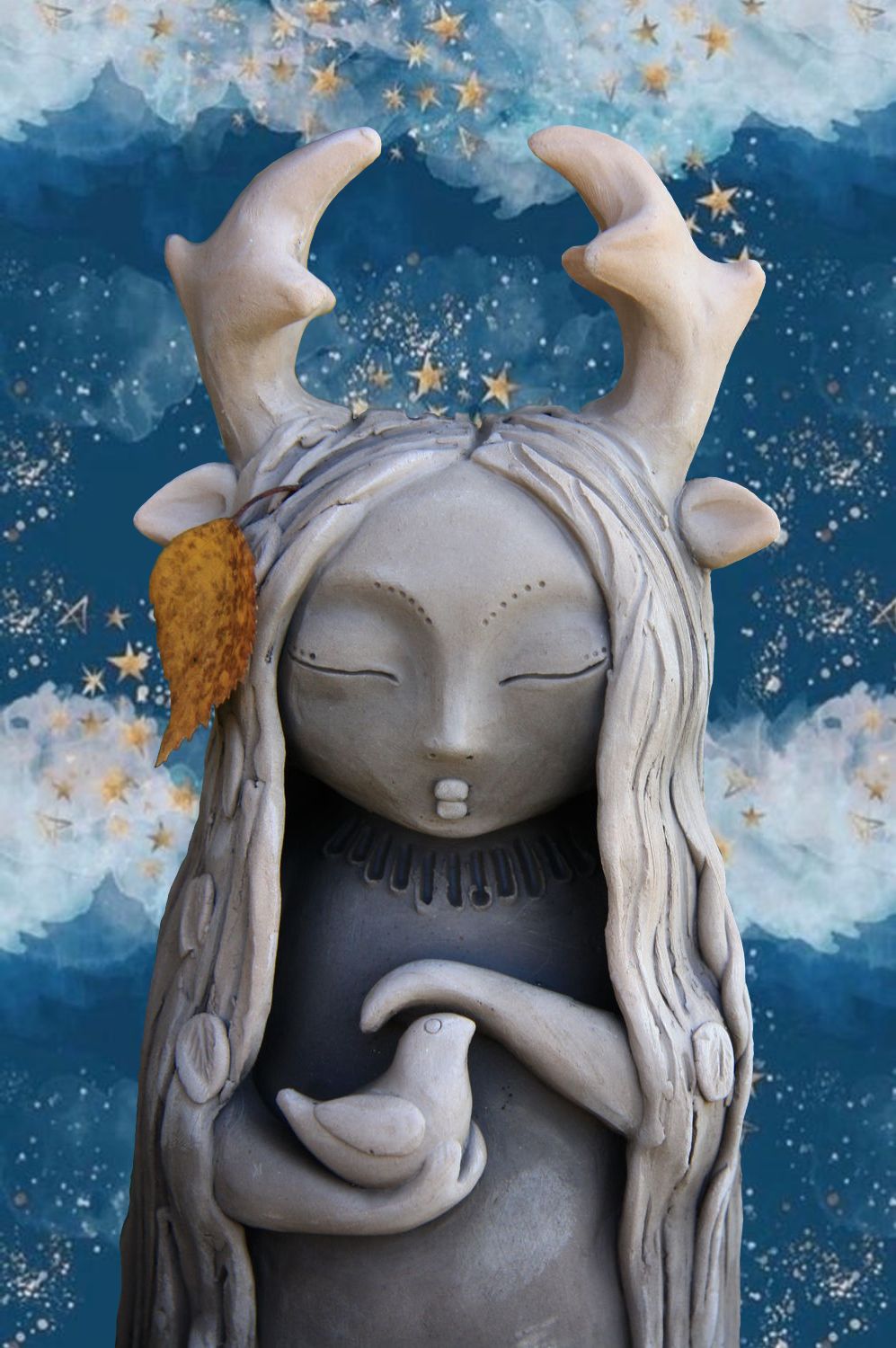The skies of Qet are graced by four great celestial bodies; Yilek— the punctured sun, Niktaluez— the fractured moon, and her sisters. They have many names, changing from people to people and language to language— but for simplicity's sake they will be primarily referred to by these names or as "the sun" and "the moons."
The Punctured Sun
Yilek hangs high in the sky above Qet during the day, it is about two-and-a-half times as large as our own sun, and is characterized by a large hole in its center. No matter the time of day, year, or location on Qet— one will always observe this hole in the very center of Yilek. Depending on the time of year, Yilek emanates subtly different colors— transitioning from a warm white, to a light orange, to a light purple, and back again. Once every decade, a lurid orange glow emanates from the hole— and bathes the world in a gaseous storm known as the
Yektouz.
Myths
Many
Hontualieu believe that Yilek had punctured
itself in order to protect the life below it. According to their myths, the great sun had scorched all the land beneath it. After inadvertently destroying a forest it had befriended, it vowed to never do so again— and tore out its center so as to decrease the heat emanating from itself.
The
Linnh believe that a great ancient hero, Yihhes, had found her way home after exile at the hands of her father by spearing Yilek in such a way that it would always point its empty hole towards
Hanviehl— guiding her as she sailed back.
It is a common belief for the
Gokh that
Grondh must have pierced through Yilek on its descent to Qet.
The Fractured Moon
Niktaluez holds herself quietly among the stars of Qet's night sky, supported by her two sisters—
Tizue, and
Zueki. These are invariably referred to as feminine, regardless of culture— despite nothing of their compositions suggesting anything in regards to gender— as if all instinctively knew them. She is roughly the same size as our own moon, but slightly larger, and sports a turquoise-tinted grey coloring. Niktaluez appears to have been hit by a great object with unimaginable force, leaving circular fractures around its impact, rippling down most of her surface as ringed cracks with greater distance between each successive ring. In fact, the first few "rings" created from these fractures float above the moon's surface enough to be observed from Qet.
Like our own satellite, she is subject to several phases— however, rather than reflecting Yilek's light as we might expect— entire rings light or fade in each phase. No in-between. There are 5 notable phases in her cycle;
Klix or
complete,
Niktatolek or
ten-ringed,
Niktatohet or
six-ringed,
Niktakez or
three-ringed, and
Niktatchao or
dark-ringed.
Tizue and Zueki are about a quarter the size of their sister, and are situated equidistant from one another around Niktaluez where they slowly rotate around her, making three full rotations every night. Tizue is of a light-brown hue, with darker brown striations throughout, and Nol is mottled brown-grey with a peculiar blue-tinted stain across her southern pole.








Nice.
Nice.